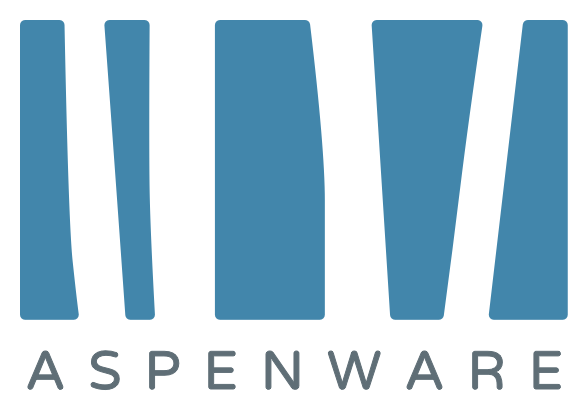Ski areas around the world are quickly adopting e-commerce. Whether they are using simple tools to sell season pass products, or have implemented highly dynamic, actively revenue-managed pricing strategies across all products, most ski areas have become “online businesses.”
Let’s look at why this trend is emerging, outline the pillars of e-commerce, discuss various pricing methods that ski areas can consider, and share some tactics on how to measure success.
Why Online Sales?
I love “why” questions, and this is a really important one to start with. Selling products online is a tactic to solve other problems and take advantage of opportunities.
So, why push online sales?
• to gain revenue predictability: “Even if the weather is awful—or our customers are hung over—on Jan. 11, I know I have revenue guaranteed for that day.”
• to gain operational predictability: “I’d love to understand how many F&B outlets to open this weekend, how many lifts to run, and how many instructors to call in.”
• to shift consumer behavior (into/out of dates): “I wish some guests would choose to visit on less-busy days.”
• to capture consumer data: “Where are all of my customers coming from? Maybe I should send them an email.”
Running an effective e-commerce business gives a ski area greater predictability, revenue, pricing power and, importantly, control over its destiny. Long gone are the days of setting a price at the window and waiting until spring to consider changes for the next year.
The Online Sales Funnel
While you gain significantly more control by selling online, to effectively wield that control you must understand the mechanics of online selling. Which is this: several small actions (e.g., what the consumer is actually doing when they are shopping and buying) turn into overall performance (all consumer actions added together turn into a sale).
As we understand how hundreds/thousands/millions of individual customer actions turn into revenue, we get a better sense of where we should spend our time to improve revenue results. That brings us to the e-commerce/online sales funnel, illustrated below:
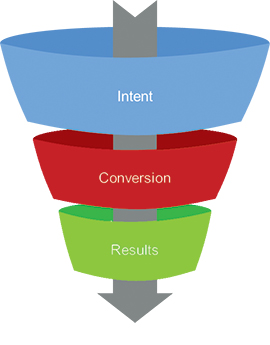
At the top of the funnel you have “intent.” This represents people coming into your store who are considering buying something. Traffic into your store can be generated from several sources: your website calls-to-action (CTAs), email marketing, digital ads, third-party partners, etc. You should definitely ensure that these efforts are as effective as possible, as they can impact your conversion rate (more on that shortly). For the sake of this discussion, though, we’re focusing on what happens once a customer has landed within your e-commerce environment.
Key metric: conversion rate. The percentage of those shoppers that turn into buyers is called the “conversion rate.” For example, if 1,000 people came to your store, and 50 bought something, your conversion rate would be 5 percent.
When you take the number of buyers and multiply it by their average order size, the result is revenue at the “bottom” of the funnel. This calculation is incredibly useful, because it allows you to tie marketing spend (how much you spend to get people into your store via Google, Facebook, etc.) directly to revenue earned.
In e-commerce, the most critical metric is conversion rate, as minor changes to the conversion rate can yield large revenue swings at the bottom of the funnel (and therefore large marketing efficiency swings at the top). Neat!
It’s true that changes to the landing page, or to the e-commerce platform itself, can impact the conversion rate. But we’ll focus here on how pricing itself affects conversion.
To oversimplify, customers are showing up in an online store and asking themselves, “Should I buy this product right now?” The more you can get them to be on the “yes” end of the decision spectrum, the higher your conversion rates, the greater your revenue result, and the greater the return on your marketing spend. Also, know that as businesses move to selling 100 percent online—which I believe will be true for many ski areas in the next five years or so—the more successful a business it becomes.
Why Pricing is Critical
There are many things that impact conversion rate: brand equity, the quality of your product, the quality of the shopping environment, customers’ past experiences buying, the competitive landscape, actual or perceived scarcity, quality of marketing, and—your pricing. For winter resorts, pricing is a bigger factor than for many other businesses.
Why is this so? Because a hotel, concert, or airline flight all have limited availability. When the customer asks, “Should I buy right now?” the customers’ anxieties about even getting a ticket at all factors into the answer, along with price. Scarcity helps drive the customer’s decision.
In contrast, most ski areas don’t ever “sell out.” (Though examples such as Deer Valley, Utah, and Crystal Mountain, Wash., which limit ticket sales to avoid overcrowding at times of peak demand, are becoming more common.) Ski areas achieve their highest conversion rates by replicating the feeling of scarcity using price, because scarcity itself rarely exists.
Create Sense of Scarcity
How do resorts create a sense of scarcity? By offering a limited number of lowest-price tickets. That creates urgency: if you don’t buy now, the price could go up, and you will miss out on the lowest price.
It is important to understand the differences between individual ski resorts, and how ski resorts differ from other ticketing businesses when considering various pricing approaches. For example, some ski resorts may be focused on longer-length-of-stay products, while others look to optimize single-day tickets. Especially for day tickets, resorts can use price to drive the same type of scarcity you might find with an event that has a limited number of, say, seats.
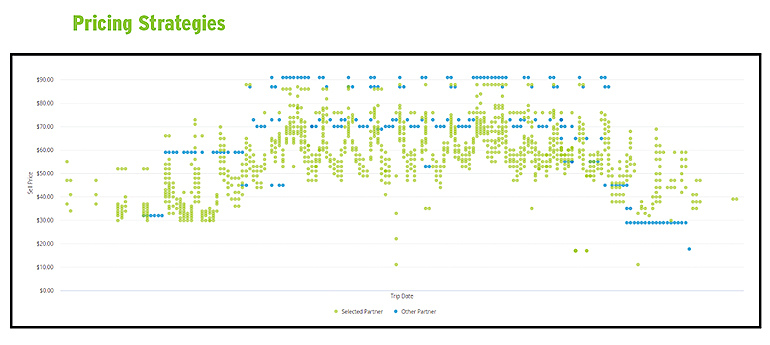
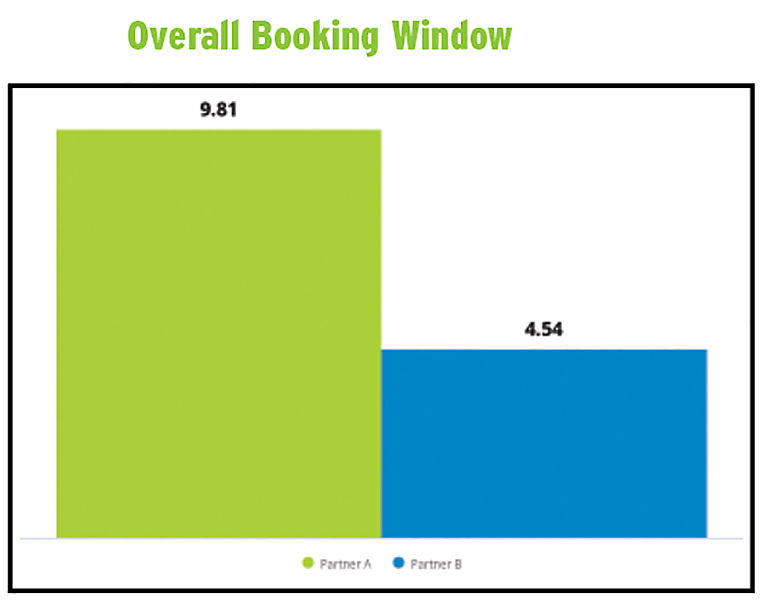
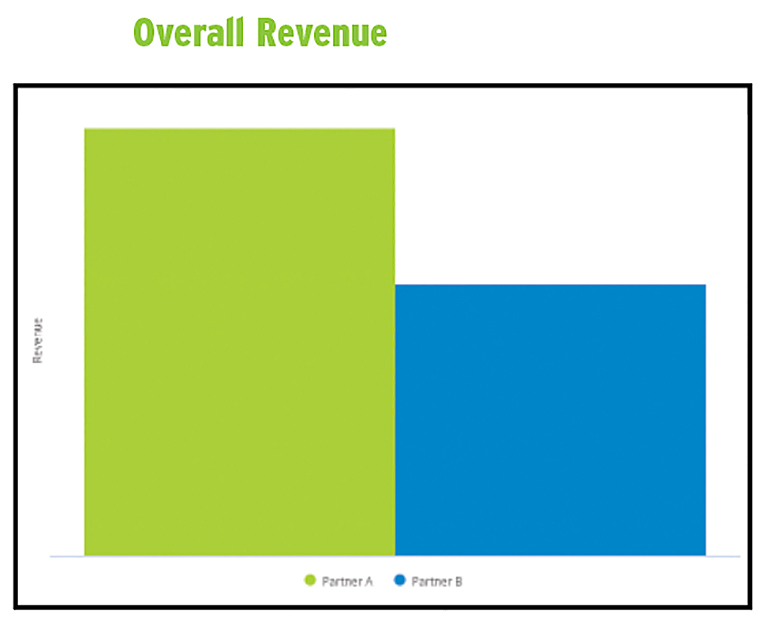 The pricing chart (above top) shows the different pricing for different days for 1) a resort that uses dynamic pricing (green) and 2) a resort that uses static pricing (blue). The results of that are illustrated in the other two charts above: Dynamic pricing produced a longer booking window (number of days from booking to arrival) and higher revenue.
The pricing chart (above top) shows the different pricing for different days for 1) a resort that uses dynamic pricing (green) and 2) a resort that uses static pricing (blue). The results of that are illustrated in the other two charts above: Dynamic pricing produced a longer booking window (number of days from booking to arrival) and higher revenue.
Dynamic Pricing
Whether they call it “yield management,” “revenue management,” or “dynamic pricing,” many businesses—such as Disney, water parks, golf courses, and ski resorts—have embraced more sophisticated pricing models to drive greater advanced sales and more revenue. At Liftopia, more than 15 years of data show that managers who effectively use pricing to drive a sense of scarcity run better online businesses. If the time comes when ski areas are 100-percent online businesses in the future, those who manage pricing most effectively (alongside efficient operations, marketing, etc.) will also run the strongest overall businesses.
There is currently a broad range of pricing sophistication in the ski world. Some resorts sell single prices online, some offer variable pricing (different prices for different days), and some employ highly dynamic strategies with different prices for different products for different days that change frequently over time.
We’ve seen repeatedly that the resorts that are the most successful use more dynamic strategies, and see better conversion rates and online sales. While general e-commerce conversion rates are in the range of 1-3 percent, ski areas often see higher rates, as their customers have a high intent to buy, particularly mid-season. Those resorts that use dynamic pricing well see rates as high as 20 percent.
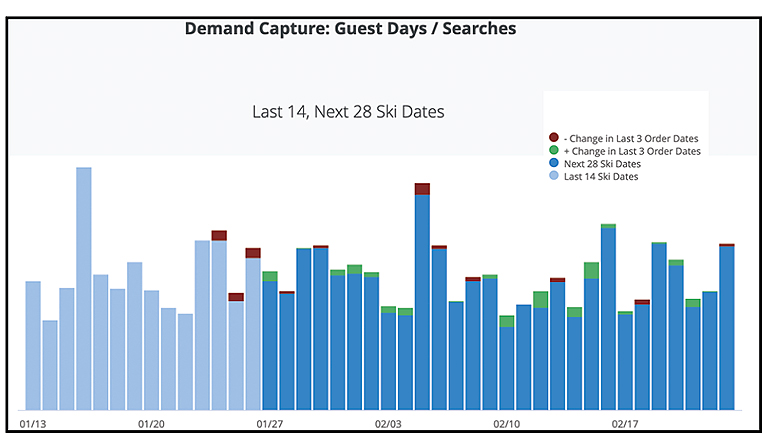 “Demand capture” is the percentage of people who look for a certain trip date that actually buy for that date. It’s useful for comparing pricing efficiency; it can suggest that the price for a particular day might be too high or low.
“Demand capture” is the percentage of people who look for a certain trip date that actually buy for that date. It’s useful for comparing pricing efficiency; it can suggest that the price for a particular day might be too high or low. Daily website sessions (in 000’s, right scale) and the e-commerce conversion rate (%, left scale) over the span of a month. Conversion rate is the percentage of sessions resulting in a sale.
Daily website sessions (in 000’s, right scale) and the e-commerce conversion rate (%, left scale) over the span of a month. Conversion rate is the percentage of sessions resulting in a sale.
Performance Measurement
“Dynamic pricing” is a continuous improvement cycle. We use goals, data, and tools to maximize pricing efficiency. This is not much different from, for example, customer service.
As online selling has matured, there are many tools available to ski areas to understand their online sales performance across the e-commerce funnel. For example, some ski resorts might rely primarily on Google Analytics for conversion data. Others compare their performance to that of other resorts, using datasets provided by Liftopia. Having a clear process to assess and measure performance helps you focus your efforts on the parts of the e-commerce funnel that will have the greatest impact on your business.
In the end, we believe that ski areas will be as data-centric about their e-commerce as they are about their snowmaking. Why? Because the businesses that have the best goals, the best data, the best tools, and are the best at continuously improving that process will achieve better financial results.
This article is part of the SAM Mountain Department on contactless technology brought to you by Aspenware.